A study in Northern Ireland has shown that appropriately configured energy storage can offset far more than its rated capacity of mechanical inertia, says Jaad Cabbabe, Senior Manager of Business Development at Fluence, and one of the authors of a white paper Redrawing the Network Map: Energy Storage as Virtual Transmission, published this month.
The Northern Ireland case study, in which Fluence played a part, showed that 360 MW of energy storage could provide the same inertia to the grid as 3 GW of coal-fired generation, says Cabbabe. He adds, “We believe that same concept is replicable in Australia. The ratio may not be exactly the same, but it will probably be very similar.”
Such technical capability is part of the rationale given in the Fluence white paper for including battery energy storage in transmission planning.
“We wanted to plant the seed in the minds of decision makers and network planners that energy storage should be part of their toolbox when they’re solving transmission problems,” says Cabbabe.
Simon Currie, Principal at Energy Estate, an energy advisory and accelerator business, sees storage as a technology that could encourage greater competition and innovation in transforming the grid to suit the renewable age.
He points out that energy-storage options have already been put forward for the Project Specification Consultation Report on the Western Victoria Renewable Integration Project; and in the scoping study for the new Queensland-NSW Interconnector (QNI). Although storage may not have been the preferred choice for these projects, says Currie, “It’s certainly now on the agenda, which wasn’t the case a year or so ago.”
Currie cites ElectraNet’s Dalrymple ESCRI-SA Battery Project among the successful operational storage-augmented transmission assets in Australia. Dalrymple’s 30 MW/8 MWh battery system supplies fast frequency response capability to reduce constraints on the Heywood interconnector, thereby enabling increased flows of electricity through this key link between the South Australian and Victorian networks.
The Fluence white paper places battery storage in the picture for augmenting interconnectors, increasing the capacity of currently constrained transmission lines, and reducing the cost and footprint of new lines.
Energy storage, says Cabbabe can virtually hold the fort — managing energy flow at junctions in the grid — until interconnectors can be built. Where interconnectors may take seven or more years to be approved, constructed and operating, large-scale battery storage can be operational within 18 months to two years.
Big impact, small footprint
In regions of the grid that are constrained during periods of high congestion, energy storage-augmented transmission can provide “a giant generation-shifting asset”, says Cabbabe.
“Let’s take the example of north-west Victoria,” suggests Cabbabe, where the grid quickly reaches its thermal limit when solar farms in the region are generating at peak on sunny days, resulting in curtailment of generators. “A storage asset in that location could act as a load, absorbing those electrons to be used later,” he says, allowing generators to maintain output.
On other lines, either proposed new lines or inadequate older lines, energy storage relieves the need for incorporating excess head room that might only occasionally be used. Transmission operators have traditionally built in costly extra capacity or run lines below capacity as a form of insurance. “If there’s a power spike or additional requirement, they then have room to move,” explains Cabbabe.
Battery storage operating in tandem with the line allows the line itself to be run consistently closer to capacity, because the storage “can be the flexible buffer to account for any fast changes,” he says.
Because energy storage systems are “not subject to the same arduous permitting and easement processes required for transmission lines”, the white paper says, they “can be deployed as much as 80% faster than transmission lines — in as little as two years for assets 100 MW or larger”.
Storage assets get into the Zones
AEMO is exploring how grid-scalable storage could enhance the viability of proposed Renewable Energy Zones (REZ) in its Integrated System Plan (ISP).
Cabbabe says, “REZs will have to have some degree of storage to achieve firming capacity, constraint management, regulatory and ancillary services.”
As co-developer in the proposed 4GW Walcha Energy Project, Energy Estate is among the proponents of the Uralla Renewable Energy Hub which is located at the heart of the New England REZ The proposed Uralla Hub has been included in a number of recent reports, including AEMO’s ISP and TransGrid’s Transmission Annual Planning Report). “The idea,” says Currie, “is that it will help facilitate much needed extra interconnection between NSW and Queensland as traditional thermal generation retires on both sides of the border.”
A large-scale battery — perhaps privately owned, perhaps operated as a grid asset — is proposed for the Uralla hub, and “we’re looking at options for what other storage is best suited along that transmission corridor”, between the load centres of Brisbane and Sydney.
Flexibility for volatile times
Flexibility is a measure that the authors of the Fluence paper would like to see added to the regulatory requirements of security and reliability of Australia’s electricity grid.
Currie concurs. He says given the rapid rate of change in the energy landscape, “even if we make decisions now for the next 10-20 years, we may not be looking at the same needs in another 10-20 years time.”
In this volatile context, he says, “The flexibility that storage can deliver to an evolving system potentially becomes a critical factor, and could help reduce the costs to the end consumer.”
The Fluence white paper emphasises the agility inherent in incorporating battery energy storage into the transmission network; the modular characteristics that allow it to be scaled, relocated as needs change, and reconfigured to provide different services as the grid evolves.
“At the moment,” says Cabbabe, regulations incorporate no measure of flexibility. He adds, “That’s probably a pretty complex piece of work, but we think the degree to which the grid can be flexible to adapt to different network needs and seasonal adjustments is important, and should be part of the way the network is regulated and operated.”
This content is protected by copyright and may not be reused. If you want to cooperate with us and would like to reuse some of our content, please contact: editors@pv-magazine.com.
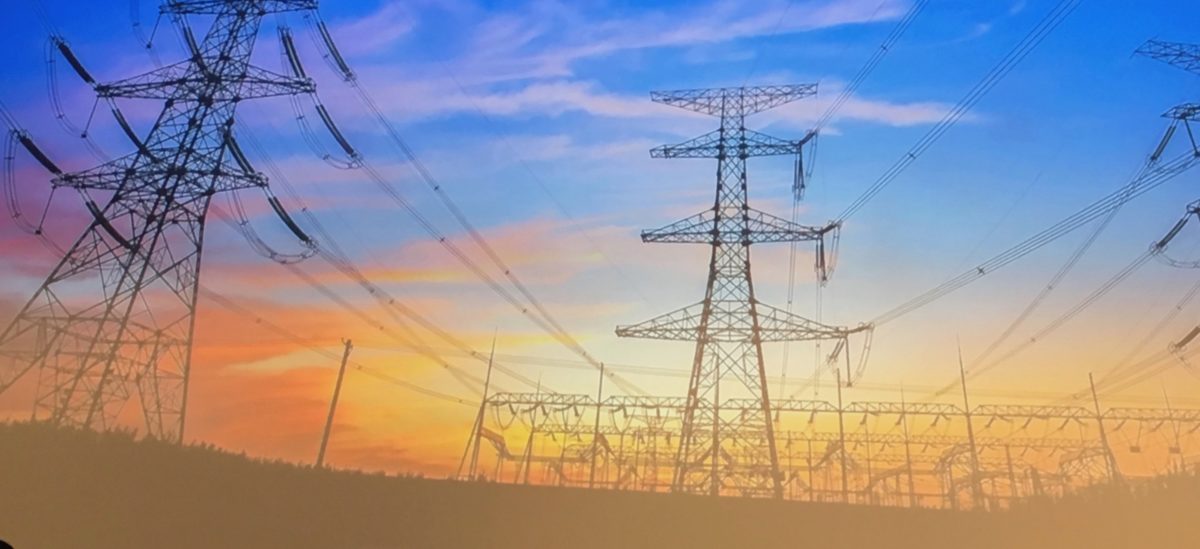
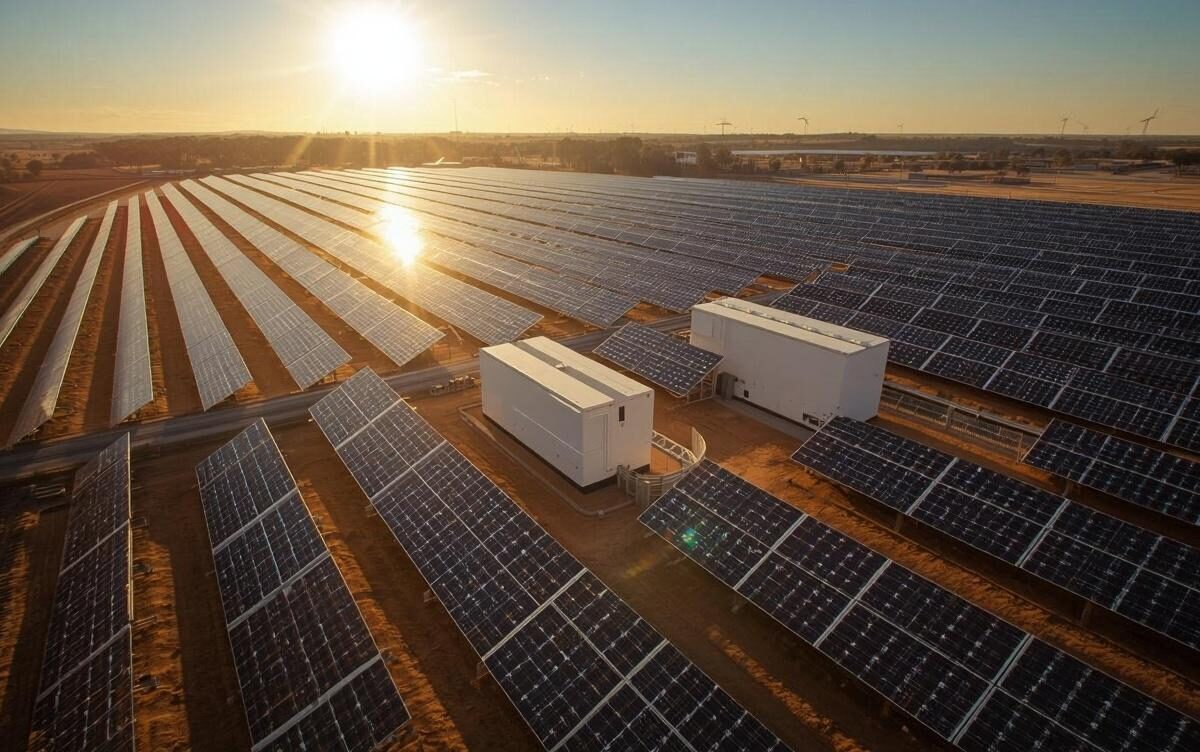


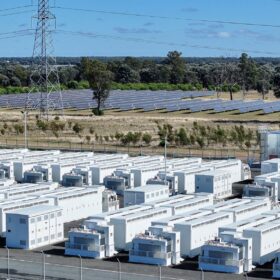

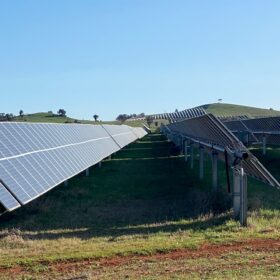
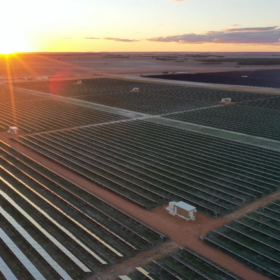

Interesting, this agrees with a study in the U.S. by FERC. “”The Northern Ireland case study, in which Fluence played a part, showed that 360 MW of energy storage could provide the same inertia to the grid as 3 GW of coal-fired generation, says Cabbabe. He adds, “We believe that same concept is replicable in Australia. The ratio may not be exactly the same, but it will probably be very similar.””
FERC studied the aggregate losses in the grid system, from fueled generation resources. FERC took into account the total BTUs of burning a fuel and the heat losses, transformer step losses all the way to the homeowner ratepayers meter. FERC says the burning fuel is 100%, then there’s heat loss from a steam cycle about 40%, maybe 10% friction loss turning a turbine to generate power, transformer power step losses and finally when the “generated power” gets to the home owner, it is at 20% of the BTU value at the generating plant’s input. 360MW divided by 3GW is just about 12%. This is what one can DO with, if the generation and use are (local). With almost no heat losses from a non-fueled generation resource and fewer transformer step losses from end to end source generation to use, one can do with 12% of the old grid capacity with its intrinsic power waste. Now imagine micro-grids with energy storage of say 25% to erase the transformer step losses locally. In the study case that’s 750MW locally to replace 3GW of fueled generation to do the same thing. That 750MW could be generated by 63 GE Helix wind turbines. Best case a housing tract or individual homes with solar PV or maybe wind generation AND energy storage would bring down the local “need” below that original 12%, considering the efficiency of generation and self consumption as a community aggregate.